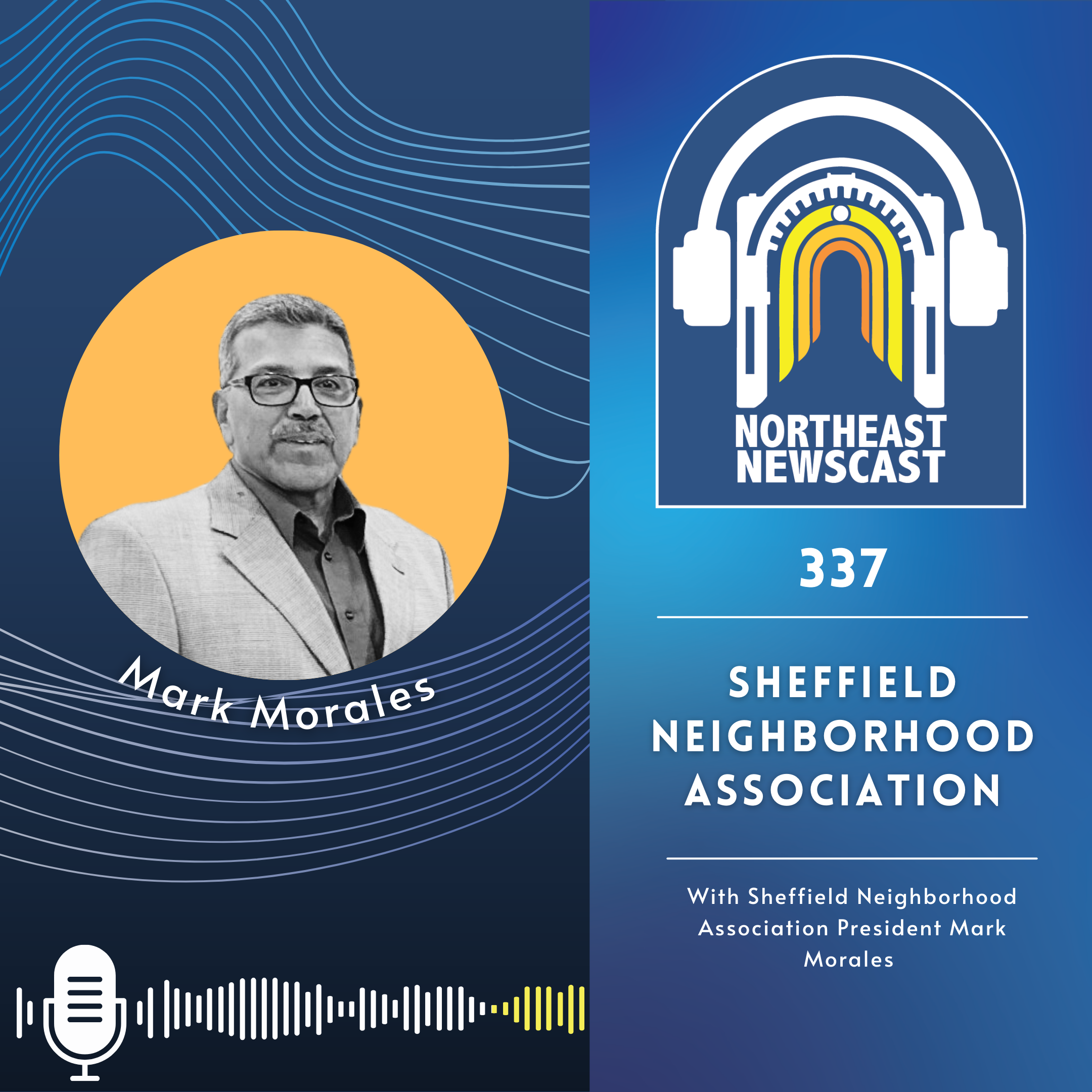By Joe Jarosz
Northeast News
December 30, 2015
KANSAS CITY, Missouri — Officials with the Hardesty Renaissance Complex had some big news at a December community forum.
Well, big news about probable big news.
Charlie Hopper, director of the Hardesty Economic Development Corporation (HREDC), announced Northwest Missouri State University will be opening a campus at Hardesty Renaissance as part of their EDC redevelopment and community programming. As of now, only a letter of intent has been signed. Hopper believes the memorandum of understanding (MoU) will be signed shortly after the new year. If all goes according to plan, developers will purchase 219 Land Bank of Kansas City residential properties in and around the Northeast area to rehabilitate.
“No MoU has been signed yet because we don’t have the building [Building 10] finished yet,” Hopper said. “We’re still creating an agreement together where they’re the tenant. We’re basically creating a new program that doesn’t exist [for the school]. We should have everything explained and figured out in a couple of weeks.”
In addition to the possible news of Northwest Missouri State University joining the Northeast area, Hopper also discussed cleanup progress for Building 10 and announced the recent approval to begin cleaning Building 11. The roughly 15 people in attendance heard about plans that include anticipated uses for all buildings and anticipated parking, traffic impact study, vehicular circulation, outdoor pedestrian space and loading for the entire site. The forum also went over the anticipated phasing and time schedule relative to each phase.
Hardesty Renaissance is an 18-acre complex at the corners of Hardesty and Independence Avenues. After remaining vacant and unused for nearly 15 years, adding to neighborhood blight and economic distress, the site was purchased through a public auction in 2011 by HREDC, a Missouri non-profit corporation created by Asian Americans for Equality, Inc. (AAFE) a 40-year old, highly respected non-profit community development organization in New York City to redevelop and reactivate the site. Today, the complex contains six buildings, four of which are substantial (100,000 + sq. ft.) and several acres of fully developable land surrounded by a community containing mixed commercial, light industrial and residential use.
“The government has 100 percent responsibility to clean-up [the site],” Hopper said to the crowd. “We were originally told it could take up to 25 years before we could do anything with the site. People got creative and we were able to break it into multiple plats of land. Because the site was divided, everything was sped up.”
Hopper said this was all part of phase one. Phase two could include a restaurant and microbrewery and phase three is focusing on Building 9. The purpose of this meeting was to allow for neighborhood input prior to the City Plan Commission Hearing (Case No. 14626-P), which is anticipated for Tuesday, January 5, 2016.


















